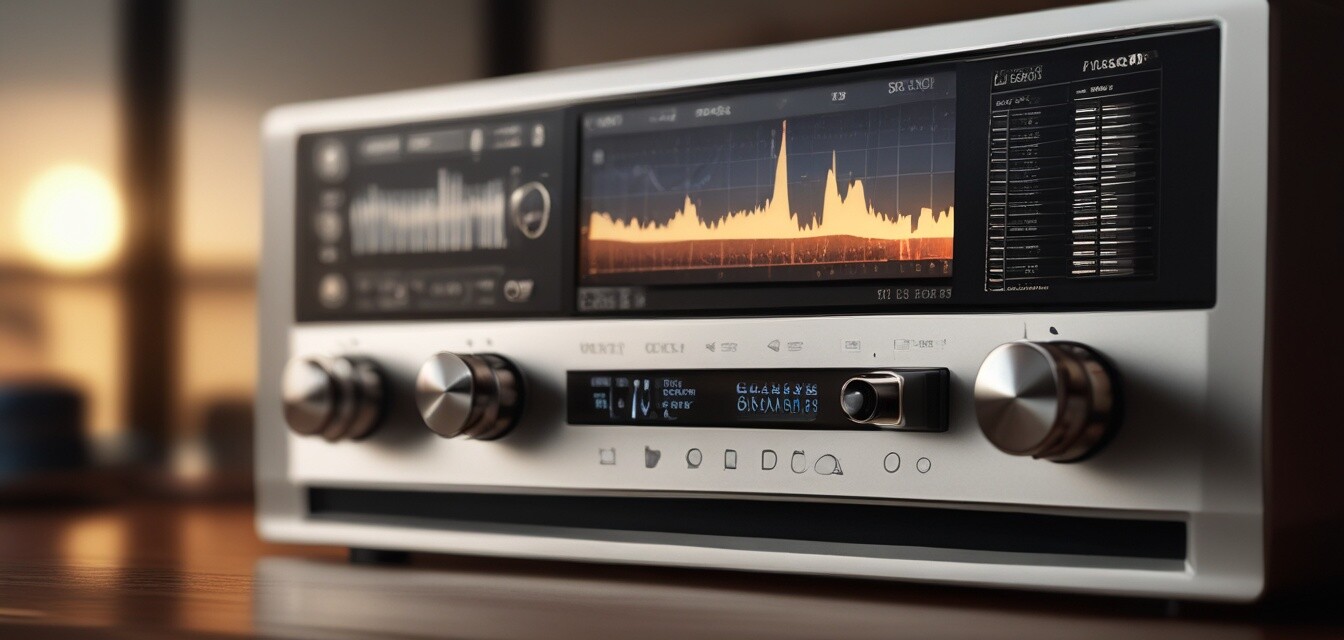
The impact of streaming quality on audio gadgets
Key Takeaways
- Streaming quality standards dictate how audio gadgets are designed and developed.
- High-resolution audio is becoming more commonplace, driving technology upgrades.
- Considerations for user experience play a significant role in gadget popularity.
- Future trends show increasing integration of smart features in audio gadgets.
- Consumers are willing to invest more in high-quality audio experiences.
In an age where audio is an essential part of our lives, the quality of streaming has emerged as a pivotal factor influencing how audio gadgets are created and developed. With the advent of sophisticated streaming technologies, 2025 presents new standards and expectations for how we interact with sound. In this article, we will explore the evolving landscape of streaming quality and its profound effect on audio gadgets.
Understanding streaming quality standards
Streaming quality has evolved to meet the demands of today's consumers who expect resonant sound that enhances their listening experience. Here are some pivotal standards:
| Streaming Quality Standard | Bitrate (kbps) | Sample Rate (kHz) | Typical Uses |
|---|---|---|---|
| MP3 | 128 - 320 | 44.1 | General music streaming |
| FLAC | Lossless | up to 192 | High-fidelity audio |
| HD Audio | Lossless | 96 - 192 | Professional recordings |
How streaming quality shapes audio gadget design
The influence of streaming quality on design extends well beyond just sound. Manufacturers are innovating on various fronts:
- Audio hardware: Higher expectations for sound quality necessitate advanced hardware like digital-to-analog converters (DACs) and high-performance speakers.
- Connectivity: Streaming requires robust connectivity options such as Bluetooth 5.0 or Wi-Fi 6 to handle high-quality audio without lag.
- Smart capabilities: As users demand more personalized experiences, devices are integrating smart functionalities like voice control and learning algorithms.
- Design aesthetics: The visual appeal of gadgets is equally important, with trends leaning toward eco-friendly and sleek designs.
Challenges in audio gadget development
Despite advancements, challenges persist in producing audio gadgets that meet the high streaming quality standards:
- Cost of high-quality components: High-end materials and components can drive up the cost, making it hard to keep devices affordable.
- Compatibility issues: Various streaming services have different requirements that gadgets must meet, leading to potential fragmentation.
- Consumer knowledge: Not all users understand the importance of features like high bitrate or lossless audio, complicating marketing efforts.
Future trends in audio gadgets
The future looks promising for audio gadgets as streaming quality advances.
1. Increase in high-resolution audio adoption
As consumers experience superior audio, the demand for high-resolution audio gadgets will surge. This is leading manufacturers to explore new technologies that offer more than just streaming.
2. Integration of smart home features
Audio gadgets are increasingly becoming smart home devices, incorporating voice command features and compatibility with home automation systems. This can be seen in the shift towards devices that connect effortlessly to smart assistants.
3. Enhanced user experiences
Creating a user-friendly design is crucial. Manufacturers are focusing on creating interfaces that allow users to easily navigate through different streaming services while offering tailored audio presets. Check our Buying Guides for more insights on selecting the best audio gadgets.
4. Sustainability and eco-friendliness
As environmental consciousness grows, more brands are focusing on sustainable materials and production practices. This trend is not only changing how audio gadgets are made but also influencing buyer preferences.
Pros
- High-quality streaming leads to better overall sound experience.
- Advanced features enhance usability and customization.
- Sustainable production practices are becoming more prevalent.
Cons
- Higher quality often means higher prices for consumers.
- Technological advancements can lead to compatibility issues.
- Not all users fully understand the implications of streaming quality.
Conclusion
The impact of streaming quality on audio gadgets is profound and ongoing. As we move forward, manufacturers will need to remain agile, continually adapting to technological advancements while addressing consumer desires for immersive sound experiences. Understanding these trends will empower consumers to make informed choices in an ever-evolving market. To stay informed on the latest developments, check out our News and Trends section.
